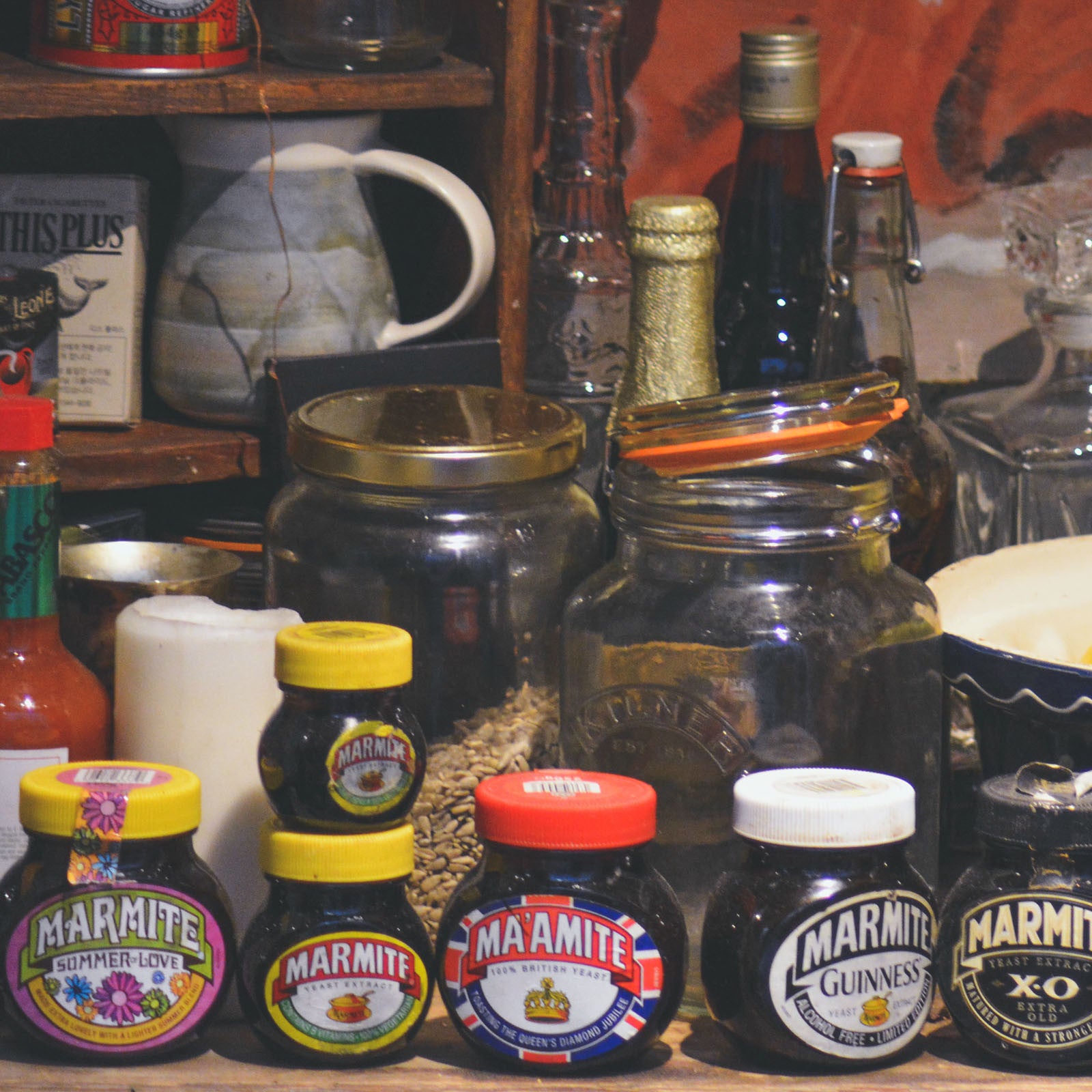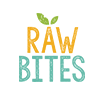
Detox Series, Part 2: The Fridge
Welcome to this Detox Series, where we give you tips on how to cleanse your home from harmful chemicals and conditions, so that you can enjoy a healthier lifestyle.
What makes your fridge toxic? Anything that isn’t good for our bodies, naturally! It’s likely that a majority of the food in your fridge is highly-processed fare, no matter how fancy the brand is. Detoxifying your fridge helps you to create an environment of health and wellness in your stockpile of food. You will ensure that the food in there provides you with nourishment, not junk. Bottom line: Healthy fridge = healthy you.
Here’s how you can eliminate the baddies from your fridge and then fill it up with the goodies that will help you stay and look healthy.
-
Read the labels properly.
First step to detoxing your fridge is to read each and every food label on the products in there. Look out for things like added sugar, preservative and other scary ingredients that don’t belong in your body. The basic guiding principle with this is: If you can’t pronounce it, or if it reads like a chemical and not real fresh or whole food, then it’s likely bad for your body. Think about it: Produce like a bunch of spinach or a banana doesn’t come with a nutrition facts label.
 If you are going to store foods with labels, go by the ingredients. Check which ingredient is listed first; usually, it’s the first three or five that you will be able to read, because they are the main ingredients and they comprise the food in the packet or jar or can. Don’t quickly assume that certain foods are “healthy”, too: Several sports beverages, power bars, and grain-rich breads fall into this category, and are laden with additives, high sodium and artificial sweeteners.
If you are going to store foods with labels, go by the ingredients. Check which ingredient is listed first; usually, it’s the first three or five that you will be able to read, because they are the main ingredients and they comprise the food in the packet or jar or can. Don’t quickly assume that certain foods are “healthy”, too: Several sports beverages, power bars, and grain-rich breads fall into this category, and are laden with additives, high sodium and artificial sweeteners. -
Purge, purge, purge
Detoxing your fridge and pantry means eliminating toxic ingredients in your food. If you want to be strict, here are the top toxic foods to eliminate from your diet and food choices.
Sugar: There are over 200 names for sugar, so you won’t recognize ingredients like “maltodextrin” or “corn syrup”, “xanthan gum,” and other names, all of which are formulated to keep you addicted and make you obese. They are everywhere, from your favorite salad dressing, condiments like ketchup, even seasonings.
Artificial sweeteners: Ingredients like aspartame, Splenda, sucralose, or any word that ends with “ol,” like xylitol, are all artificially made. Stevia is said to be an alternative to aspartame but it must be a whole plant extract, not the more widespread, chemically-enhanced brands of stevia. These types of sweeteners make you crave, slow down your metabolism, and make you accumulate fat around your belly, hips and thighs.

Bad fats: The right fats are good for you, for your brain function, for example. However, bad fats will alter your metabolism, leading almost always to obesity. We’re talking about the effects of ingesting refined cooking oils (vegetable oils, corn oil), fried foods (hello, hash browns and ready-to-fry frozen meats), and margarine. These are known as “trans fats,” or “hydrogenated fats,” which result in the inflammation of the body’s blood vessels, leading to heart disease.
Any questionable ingredients: When you see words like “maltodextrin,” or “high fructose corn syrup”, or “autolyzed yeast extract,” or anything your grandmother wouldn’t recognize or a grade schooler can’t read, consider that a toxic food.
-
What to store in the fridge
Fresh produce: As much as possible, stock up on seasonal, local produce. (In the Philippines, only a few organizations carry certified organic produce, so it’s best to get from food communities, as opposed to supermarkets and wet markets.) Avoid fruits and vegetables that are among the “Dirty Dozen” foods that contain the most pesticides. Keep fruits to a minimum, as too much can raise your sugar levels.

Dry goods: Brown or any type of unpolished rice, raw or lightly roasted nuts, grains, quinoa, chia seeds, non-wheat flour (for gluten-free baking and recipes), whole wheat pasta.
Sundries: Extra virgin coconut oil (which can be sourced locally from the Philippines), organic, fair-trade extra virgin olive oil (because supermarket brands tend to be toxic and filled with extenders). In the pantry: Sea salt, freshly ground black pepper, herbs and spices, and if you are going to keep any kind of sugar, coco sugar.
Freezer foods: Your freezer should be stocked with good quality proteins (if you eat meat). Check merchant labels for meats that are “antibiotic free”, and go for “organic” when buying poultry. Great freezer staples are free-range, organic chicken, lean cuts of beef, and sustainably-caught seafood (but avoid foods that are high in mercury, like swordfish, Chilean sea bass, marlin).
Fresh foods and whole foods: Organic eggs; non-GMO soy products, like tofu.

 If you are going to store foods with labels, go by the ingredients. Check which ingredient is listed first; usually, it’s the first three or five that you will be able to read, because they are the main ingredients and they comprise the food in the packet or jar or can. Don’t quickly assume that certain foods are “healthy”, too: Several sports beverages, power bars, and grain-rich breads fall into this category, and are laden with additives, high sodium and artificial sweeteners.
If you are going to store foods with labels, go by the ingredients. Check which ingredient is listed first; usually, it’s the first three or five that you will be able to read, because they are the main ingredients and they comprise the food in the packet or jar or can. Don’t quickly assume that certain foods are “healthy”, too: Several sports beverages, power bars, and grain-rich breads fall into this category, and are laden with additives, high sodium and artificial sweeteners. 


Leave a comment